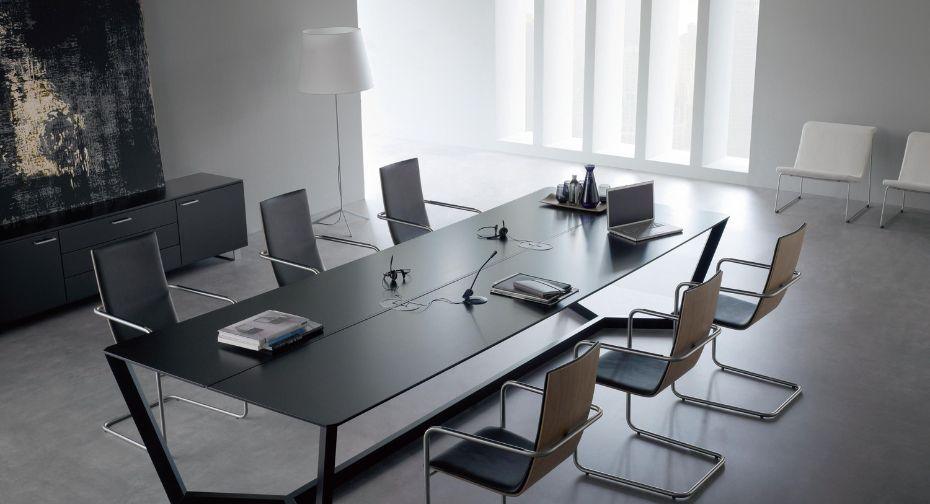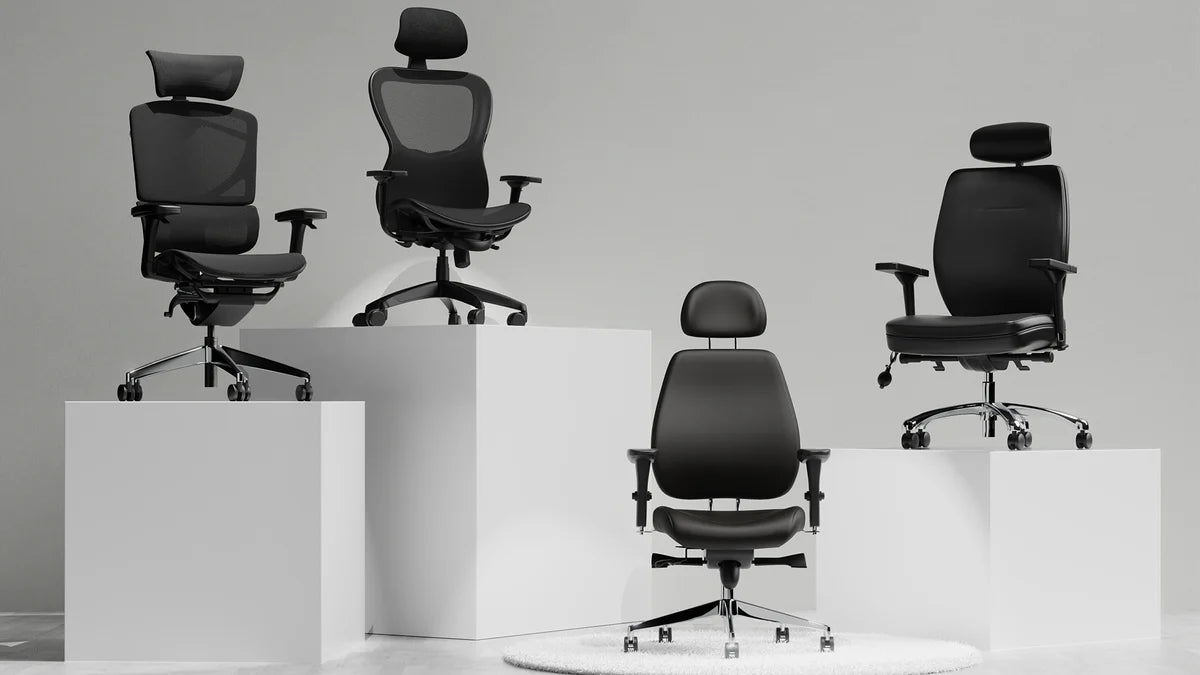Massive warehouse clearance sale! Save up to 70% off RRP - Visit us today!
Massive warehouse clearance sale! Save up to 70% off RRP - Visit us today!
Massive warehouse clearance sale! Save up to 70% off RRP - Visit us today!
Massive warehouse clearance sale! Save up to 70% off RRP - Visit us today!

May 03, 2024 3 min read
The psychology of meeting tables explores how their design impacts workplace collaboration dynamics. The size, shape and layout of meeting tables have a significant impact on the communication flow, team dynamics and decision-making process.
Round tables promote inclusivity and equality, since everyone is seated at the same distance. This fosters a feeling of unity and collaboration.
Rectangular tables, on the other hand can encourage formality and hierarchy, with the leaders usually positioned in the front. The material and finish can also evoke different feelings and perceptions. From warmth and familiarity to professionalism and modernity, glass and metal surfaces, or wooden surfaces, they all evoke different emotions.
Understanding the psychological nuances behind meeting table design can help businesses create environments that promote creativity and innovation and optimize collaboration.
Have you ever thought about how the layout of your table may affect the dynamics in your team? Fasten your seatbelts, because we're about to dive into the bizarre world of meetings tables. We'll see how their design could transform your brainstorming sessions.

The psychology of meeting tables emphasizes the importance of thoughtfully designed workspaces.
Imagine a table that is circular, with everyone seated around it. It's not just a King Arthur legend! The round table is a symbol of equality and openness. The round table encourages a fair and honest debate because there is no "head-of-the-table" advantage. It's similar to the Knights of the Round Table, but instead of chainmail it uses spreadsheets.
A crowded table can lead to crowded thoughts. A simple layout, with lots of space and clear lines will improve the concentration of your team. This allows for the flow of ideas and helps everyone stay on track. Let's be honest, a clean table is also more inviting.
Do not underestimate the power of an old-fashioned, standing meeting. This will give your creative energy a boost! Standing tables are ideal for those quick decision-making sessions. They encourage movement, keep energy levels high and create a sense urgency. It is also a great example of how to think quickly.
Have you ever used your hands to polish a hardwood table? It's almost therapeutic, isn't? The surface and construction of a conference table can influence the mood in the room. Sleek glass and metal can convey a professional, sophisticated vibe. However, natural materials such as wood, which are warm and natural, may create an inviting, cozy atmosphere.
One size doesn't fit all when it comes to meeting tables. Consider the versatility of modular table that can be set up differently. Want to have a small discussion about something personal with a group? Done. Maybe a large space for the team to meet and discuss their strategy? It's easy as pie. This flexibility encourages creativity in ideas and presentations.

Ever thought about how the arrangement of seats at a table could affect conversation flow. Seats that are close together make people feel closer to each other and encourage a collaborative atmosphere. It's like a team handshake.
Who would have imagined that the design and layout of a conference desk could have such a significant impact on teamwork? Each component, including the shape and texture, can have a profound impact on our ability to collaborate. When you redesign your office, consider the psychology of selecting a conference table. After all, a well-designed conference table is more than just piece furniture. It encourages creative teamwork.
The psychology of meeting tables highlights the importance of thoughtfully designed workspaces.
Businesses can create an environment that encourages open communication, equality, and creativity by considering factors like table shape, size and layout.
The design of a table can have a direct impact on how people interact and collaborate, whether it is a round one that promotes inclusivity or a rectangle that promotes structure. Understanding and leveraging the psychology of table design can ultimately lead to better meetings, improved teamwork and increased productivity at the workplace.

November 13, 2024 3 min read